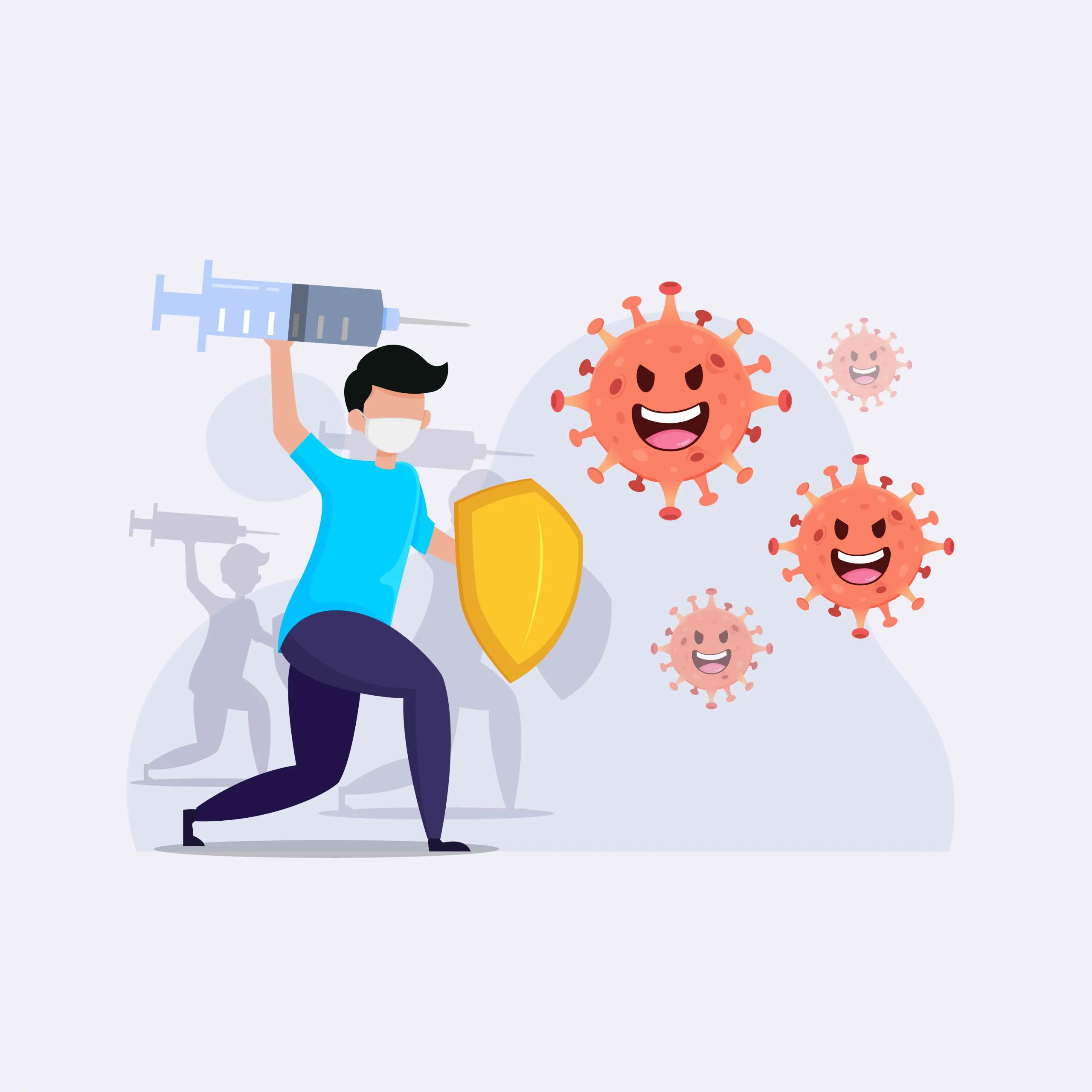The interplay between lipid mediators and the immune system is a complex and crucial aspect of our body’s defense mechanisms against infections. Prostaglandin E_2 (PGE_2), a well-studied lipid compound, has been revealed to have multifaceted roles in modulating immune responses. A recent groundbreaking study published in the Journal of Immunology presents novel insights into how PGE_2 influences the immune response during Listeria monocytogenes infection, highlighting its dual nature in inflammatory regulation. This article outlines the key findings of this research, referencing critical studies in the field, and discusses the implications for improving infection outcomes.
The Study
Researchers at the University of Kentucky College of Medicine, led by Michelle G. Pitts and Sarah E.F. D’Orazio, set out to investigate the role of PGE_2 in the context of Listeria monocytogenes infection. Listeria monocytogenes, a bacterium responsible for the serious infection listeriosis, has become a model organism for studying the mammalian immune response to intracellular pathogens. The team’s work, supported by grants from the National Institute of Allergy and Infectious Diseases (NIAID) of the NIH, has provided vital insights into our understanding of how prostaglandins, especially PGE_2, can mediate immune responses during such infections.
Key Findings
The study revealed that PGE_2 has a dual role during Listeria monocytogenes infection. On one hand, it acts as an anti-inflammatory mediator, suppressing the functions of neutrophils and monocytes, the first line of defense against pathogens. In this inhibitory mode, PGE_2 limits the respiratory burst activity of these immune cells, thus reducing their bactericidal capabilities.
On the other hand, PGE_2 aids in the recruitment of immune cells to the site of infection. This effect is crucial in mounting an effective inflammatory response, which is necessary for containing and resolving bacterial invasions.
Mechanisms of Action
The researchers demonstrated that PGE_2 operates through its interactions with NADPH Oxidase 2 (NOX2) and various receptors on immune cells. For instance, the suppression of neutrophil functions is mediated by cyclic AMP (cAMP) levels, which increase as a consequence of PGE_2 signaling through its E-prostanoid 2 (EP2) receptor.
Conversely, PGE_2 also upregulates the expression of adhesive molecules and chemokine receptors through other E-prostanoid receptors, aiding in leukocyte migration to infected tissues. These intricate and opposing actions highlight PGE_2’s role as a critical mediator in modulating the delicate balance between pro-inflammatory and anti-inflammatory signals.
Implications for Treatment and Therapy
Understanding the role of PGE_2 in infectious diseases holds promising potential for therapeutic interventions. By modulating PGE_2 levels or its signaling pathways, it may be possible to enhance the host’s ability to combat Listeria monocytogenes and other pathogens that trigger similar immune evasion strategies.
Moreover, since PGE_2 has been implicated in a wide array of inflammatory conditions beyond infections, these findings have broader implications. They provide a stepping stone for research into treatments for autoimmune diseases, allergies, and perhaps even cancer, where immune regulation is a key aspect of disease progression.
Broader Context and References
The study aligns with previous research on the role of PGE_2 in immune system regulation. Martinez-Colon and Moore (2018) discussed how PGE_2 serves as a regulator of immunity to pathogens, while the work of Noor et al. (2008) established the activation of cytosolic phospholipase A2alpha by Listeria monocytogenes, linking it to PGE_2 synthesis.
Further, the study of cyclooxygenase (COX) enzymes by Zidar et al. (2009) and the functional exploration of PGE_2 during Mycobacterium tuberculosis infection by Nishimura et al. (2013) provide supporting evidence for the significance of PGE_2 in infectious diseases.
Conclusion
The study’s findings, available under DOI [10.4049/jimmunol.1900201], contribute to a deeper understanding of PGE_2’s complex role in immunological responses. By dissecting the multifactorial involvement of PGE_2 in Listeria monocytogenes infection, researchers pave the way for therapeutic approaches that leverage the body’s own immunomodulatory pathways.
Keywords
1. Prostaglandin E2 and immunity
2. Listeria monocytogenes infection
3. Immune response modulation
4. PGE2 signaling pathways
5. Neutrophil and monocyte regulation
References
1. Martinez-Colon, G.J., and Moore, B.B. (2018). Prostaglandin E2 as a Regulator of Immunity to Pathogens. Pharmacol. Ther, 185, 135-146. doi:10.1016/j.pharmthera.2017.12.002
2. Noor, S., Goldfine, H., Tucker, D.E., et al. (2008). Activation of cytosolic phospholipase A2alpha in resident peritoneal macrophages by Listeria monocytogenes. J. Biol. Chem, 283, 4744-4755. doi:10.1074/jbc.M710402200
3. Zidar, N., Odar, K., Glavac, D., et al. (2009). Cyclooxygenase in normal human tissues. J. Cell. Mol. Med, 13(9b), 3753-3763. doi:10.1111/j.1582-4934.2009.00878.x
4. Nishimura, T., Zhao, X., Gan, H., et al. (2013). The prostaglandin E2 receptor EP4 and Mycobacterium tuberculosis. FASEB J, 27, 3827-3836. doi:10.1096/fj.13-230441
5. Kirkby, N.S., Zaiss, A.K., Wright, W.R., et al. (2013). Differential COX-2 induction by PAMPs and implications for anti-viral therapies. Biochem. Biophys. Res. Commun, 438, 249-256. doi:10.1016/j.bbrc.2013.08.001
